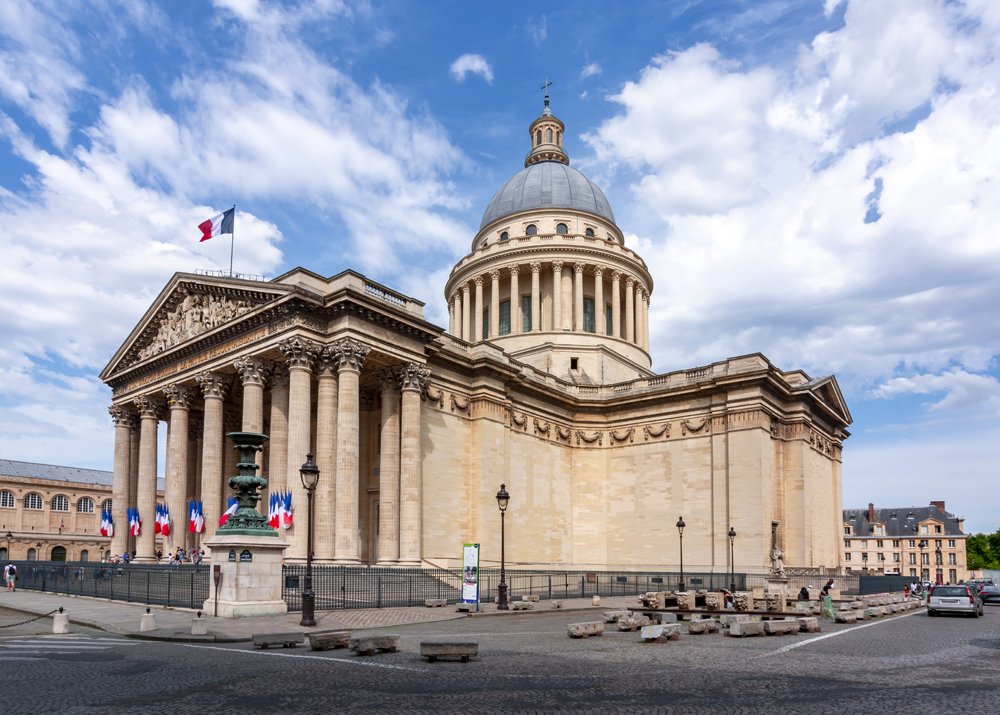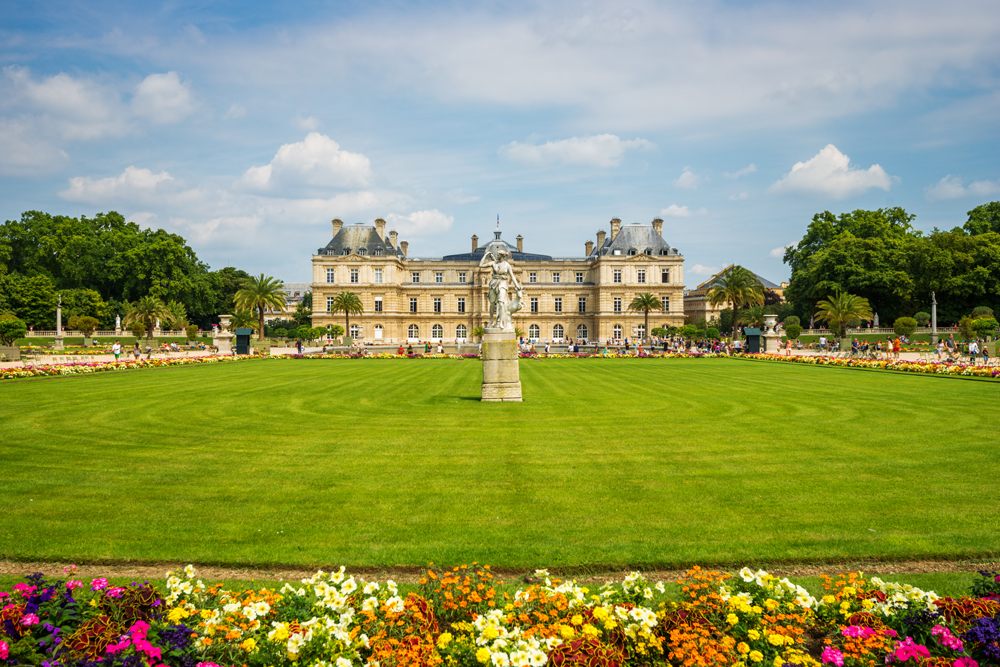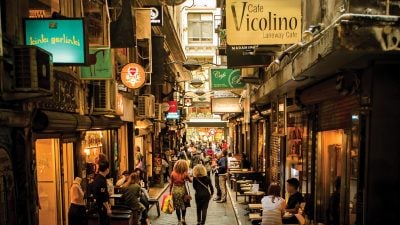Home / UK & Europe / A Literary Tour Through Paris

A Literary Tour Through Paris
No city has as much of a literary history as Paris. London and Dublin can stake a claim to the title, as can New York, but as the home to the great French novelists of the 19th century and the American expats of the 1920s, no place activates the imagination of a book lover quite like Paris. If you’re a book lover who likes to travel, a Parisian vacation in France is a no brainer. But where should you actually go once you’re in Paris to walk in the footsteps of your literary idols? Let’s go on a literary tour through the City of Lights and find out.
Which great French authors lived in Paris?
Paris was home to Victor Hugo and Alexandre Dumas
Paris’s importance to literature goes back to the early centuries of the Common Era, when Roman Emperor Julian worked on philosophical treatises in his winter home in Paris, known as Lutetia at the time. However, our modern conception of Paris as the great literary city coincides with the popularity of the novel in the 17th and 18th centuries, and begins in earnest in the years before the French Revolution.
Considering that Paris is the French capital, it’s only polite that we begin with the great French authors. Although it’s unlikely that these authors are among the most popular to modern readers (save Victor Hugo), whether in original French or in translation, these great authors of the 19th century laid the foundation for France’s great literary culture and have lives worth exploring on a trip to France.
Start at the Pantheon, the imposing mausoleum in the Latin Quarter, which is a literal monument to great Parisians of the past. Here, you’ll find many of France’s greatest literary figures entombed in the bowels of the buildings, from Voltaire and Jean-Jacques Rousseau, who spent most of their days away from Paris, but nonetheless rocked the city to its core with philosophical and political writings that would precipitate a revolution, to novelists Emile Zola, Alexandre Dumas (known for The Three Musketeers), and Victor Hugo.

Victor Hugo is likely the most beloved of these icons, as he wrote The Hunchback of Notre Dame and Les Miserables, often considered the greatest French novel. However, before you follow in his footsteps, stop by the Sorbonne, the famous French university just down the street from the Pantheon. The Sorbonne (and its direct predecessor, the University of Paris) has long personified the strong link between the arts and the political in France. Many of the greatest thinkers of the past thousand years were students or faculty here, from John Calvin and Thomas Aquinas to authors Voltaire and Honore de Balzac.
Continue northwest and turn onto Boulevard Saint-Germain and stop off at Le Procope on rue de l’Ancienne Comédie. The small café is reportedly the oldest in Paris and authors like Moliere and Balzac used to frequent it during their day. After an espresso to keep your energy up, head back onto Boulevard Saint-Germain and take a detour north onto rue Bonaparte to make a stop at L’Hotel, a swank hotel and the final home of Oscar Wilde. While Oscar Wilde was not French, he did spend his final years in Paris, penniless and living out of Room 16 of the hotel. No literary history of the city is complete without mention of him.
Jump on the metro and ride the subway over to the 16th arrondissement and Place Victor Hugo, which bears the famous author’s name. You can enjoy a meal at the nearby Restaurant Victor Hugo (which is a great bistro) before dipping south to stop by the Maison de Balzac, where Balzac lived between 1840 and 1847. End your tour through the lives of the great French authors of Paris how you started it: surrounded by dead people. I kid, but there are two cemeteries where you can pay respects to these great authors and enjoy a lovely environment. First is the Cimetiere de Montmartre, where you’ll find Dumas’s tombstone and former grave (he was moved to the Pantheon, as you already know), as well as the tombs of other authors like Stendhal. Then head to Cimetiere du Pere Lachaise, the most famous graveyard in the city, where you’ll find the tombs of Moliere, Balzac, Proust, Colette, and Oscar Wilde.

What other authors lived in Paris?
Ernest Hemingway and the Lost Generation
While Paris will always undoubtedly be the city of Victor Hugo and Alexandre Dumas, it is associated just as much with the American authors of the intra-war period, known as the Lost Generation. In the 1920s and 30s, Americans such as Ernest Hemingway, F. Scott Fitzgerald, Ford Maddox Ford, Ezra Pound, Gertrud Stein, and Henry Miller, and other ex-pats like James Joyce, spent time in Paris working on some of their classics.
The unofficial headquarters of these literary icons was Shakespeare and Company, a bookstore and publishing house run by American publisher, Sylvia Beach. The old store located first on rue Dupuytren and later at rue de l’Odeon was closed during World War II and never reopened, but a newer store, which eventually took its name, opened in the Latin Quarter, right near the Seine. This is as good a starting place as any, as the store works hard to keep alive the legendary atmosphere of the original and has been central to authors like Henry Miller, Allen Ginsberg, and James Baldwin over the years.

Due to his masculine personality and much-vaunted tales of game hunting in Africa and fighting in the likes of the Spanish Civil War, Hemingway looms larger than the other members of the Lost Generation. Thus, it’s worth following in his footsteps a bit to get a taste of Paris of the twenties and to learn about one of the greatest American authors. First stop is 74 rue du Cardinal Lemoine, located behind the Pantheon. Hemingway lived here with his first wife, Hadley, during the early to mid-20s, while he was still a journalist for the Toronto Star and had yet to break out as a major author with the publication of The Sun Also Rises.
Turn northwest and head to Polidor, a restaurant just to the northeast of the Jardin du Luxembourg. This restaurant retains the décor of the 1840s, giving it a romantic atmosphere straight out of the time of Victor Hugo. Hemingway used to dine here. The film Midnight in Paris, which recreates the Paris of the Lost Generation, also filmed here, so it may look familiar if you’ve seen the movie.

Just a street to the west you’ll find the Rue de l’Odeon, where the first Shakespeare and Company was located. Look for a plaque at No. 12 dedicated to the former store. The old bookshops lining the streets are the perfect places to while away an afternoon digging through manuscripts and discovering hidden literary gems. Continue northwest and you’ll reach rue Bonaparte. At 36 rue Bonaparte, you’ll find an apartment where Henry Miller lived for a period in 1930.
End your journey by crossing the Seine and heading to the Hotel Ritz Paris, overlooking Place Vendôme, where you’ll find Bar Hemingway. Legend has it that Hemingway liberated the bar personally at the end of World War II, when he was stationed as a journalist with the Allied armies. While Hemingway undoubtedly embellished the story, the bar does have several of his old handwritten letters on display and makes a great cocktail, which lets you end the day as Hemingway would: with a drink in hand.

Existentialists like Jean-Paul Sartre and Simone de Beauvoir
I can’t finish this very brief literary tour of Paris without mentioning the existentialist authors that defined the city’s literary scene after Hemingway and Fitzgerald had moved back home. Few of these authors and intellectuals were more influential than Jean-Paul Sartre and Simone de Beauvoir, who were romantic partners and foundational figures in establishing a new way of thinking. Sartre and de Beauvoir would hang out at restaurants like Les Deux Magots and Café de Flore, which sit across the Rue Saint-Benoit from each other right off Boulevard Saint-Germain. You can also find their graves at Montparnasse Cemetery, the other cemetery that is an essential stop for book lovers. Here, you’ll also find the graves of 19th century authors like Charles Baudelaire and Guy de Maupassant, as well as the Irish playwright Samuel Beckett.

This is not an exhaustive look at the literary history of Paris. In fact, the beauty of a city with as rich a history as Paris is that you’ll discover stories of great authors and artists around most every corner. However, if you love the works of Victor Hugo or Ernest Hemingway, this small literary tour through Paris will give you an idea of where to walk in the footsteps of these icons. Drink in the atmosphere of the City of Lights on your trip to France and allow its rich artistic history to breathe inspiration into your life.
Get more travel inspiration by email.
Subscribe
0 Comments

Get the latest travel trends & hear about the best deals on vacations around the world.
If you’re a Globetrotter, these are the newsletters for you!



